Is Your Cat Bored 10 Subtle Signs of Feline Boredom — And How to Fix It

Most cat owners are familiar with the idea that cats sleep a lot --- sometimes up to 16 hours a day. But what many don't realize is that excessive sleeping, destructive behavior, or even clinginess can be signs that your cat is not just lazy --- they're bored.
In 2025, veterinarians and feline behaviorists are sounding the alarm: feline boredom is a real and underdiagnosed problem, especially in indoor-only cats. And when boredom sets in, it can manifest in ways that confuse, frustrate, or even alarm cat parents.
Let's break down the subtle warning signs and --- most importantly --- what you can do to bring joy, stimulation, and balance back into your cat's daily life.
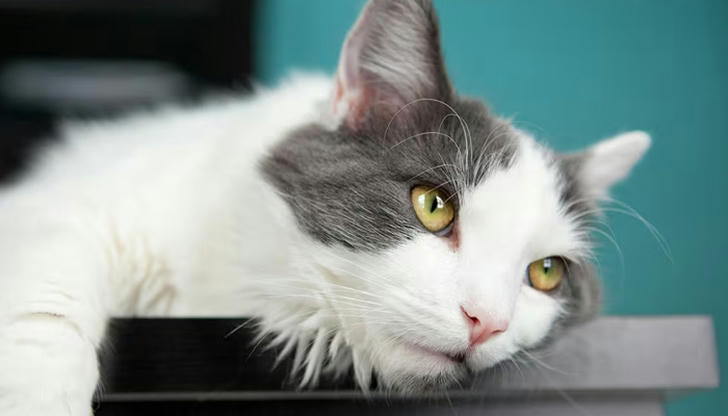
Why Boredom in Cats Matters
Unlike dogs, cats don't typically act out in obvious ways when they're understimulated. Instead, they may withdraw, develop odd behaviors, or exhibit anxiety-driven habits that go unnoticed for weeks or even months.
Chronic boredom isn't just about a grumpy mood. It can lead to:
- Destructive behavior (scratching, knocking things down)
- Weight gain or weight loss
- Stress-related illnesses like feline idiopathic cystitis
- Depression or aggression
Cats are natural hunters and problem-solvers. When they don't have enough mental or physical outlets, that energy can turn inward --- or misfire.
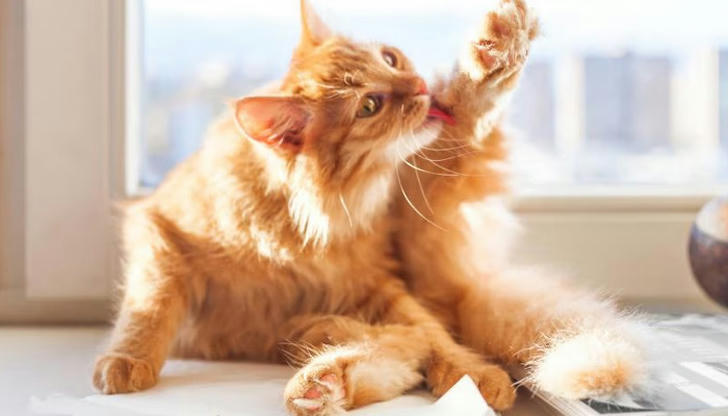
10 Signs Your Cat Might Be Bored
Here are some of the most common boredom signals, many of which are mistaken for "normal cat things":
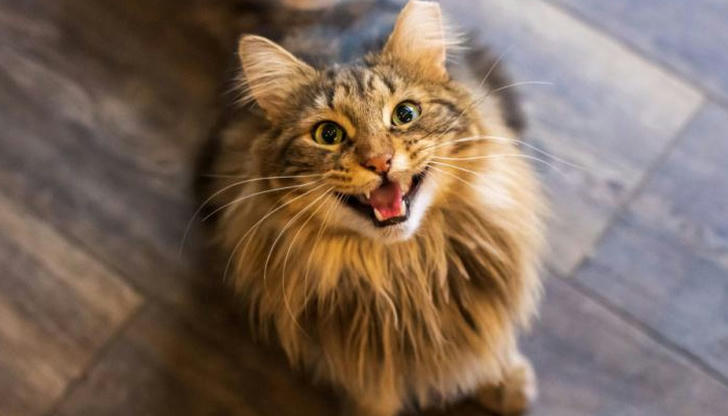
1. Over-Sleeping (More Than Usual)
Yes, cats sleep a lot --- but if your cat seems uninterested in anything except napping, they may be mentally understimulated.
2. Over-Grooming
If your cat is grooming so much that they're losing patches of fur, this can be a stress response tied to boredom or anxiety.
3. Sudden "Zoomies" or Shadow Chasing
Unpredictable, manic energy outbursts --- often late at night --- may be your cat trying to burn off unused energy.
4. Destructive Scratching
Scratching is natural. But scratching furniture, baseboards, or odd spots (even when you have scratchers) may be a sign of frustration.
5. Knocking Things Over --- Constantly
Occasional pawing is curiosity. But if your cat has turned your countertops into a demolition zone, they may just be bored and craving reaction.
6. Meowing at Odd Hours
Increased or late-night vocalizations --- especially if they're yowling --- can indicate loneliness or boredom.
7. Clingy or Over-Attached Behavior
Some bored cats become overly dependent on human interaction and shadow you constantly, meowing or pawing for attention.
8. Ignoring Toys
Cats often lose interest in toys because they're predictable. If your cat ignores all play attempts, they may not be stimulated by what's offered.
9. Appetite Changes
Boredom can lead to comfort eating --- or, for some cats, food refusal. Sudden shifts in eating habits should always be checked by a vet.
10. Litter Box Protest
Going outside the litter box is a red flag. If medical issues are ruled out, boredom or emotional distress may be the cause.

How to Beat Cat Boredom: 7 Proven Strategies
The key is environmental enrichment --- that means creating a space that satisfies your cat's instincts to hunt, explore, climb, and observe. Here's how to start:
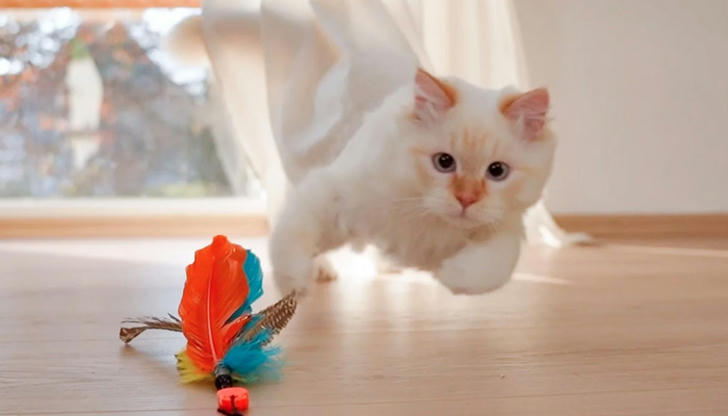
1. Interactive Play Sessions (Daily!)
Use wand toys that mimic prey (feathers, mice, bugs) for 10--15 minutes at least twice a day. Vary the speed and movement to simulate a real chase.
2. Puzzle Feeders or Treat Dispensers
Food should be a challenge, not a given. Puzzle feeders turn mealtime into mental stimulation and encourage problem-solving.
3. Window Views & Cat Perches
Give your cat a "TV" --- a secure window perch with a view of birds, squirrels, or even people-watching can entertain them for hours.
4. Toy Rotation System
Don't leave all toys out at once. Rotate toys every 3--5 days to keep them novel and interesting.
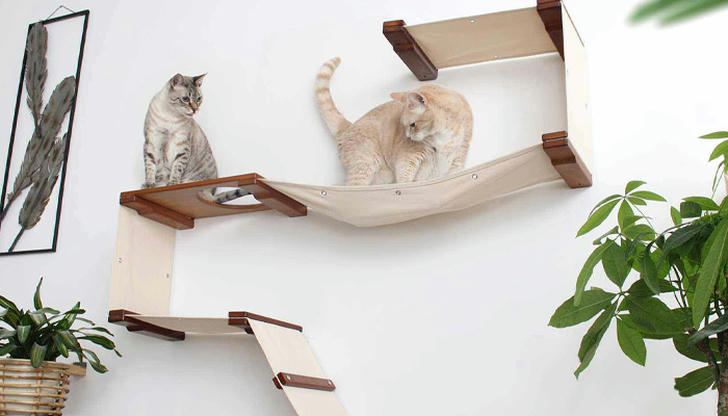
5. Scent Trails & Catnip Games
Use silvervine, valerian root, or catnip on toys, scratchers, or boxes to create sensory enrichment. Try dragging a scent trail through the house and let your cat "track" it.
6. Vertical Space & Climbing Options
Install cat trees, wall shelves, or safe furniture access to encourage climbing and height exploration --- vital for feline confidence.
7. Training & Trick Sessions
Yes, cats can be trained. Use clicker training or treat-based cues to teach simple tricks like high-five, spin, or touch. It stimulates their brain and builds your bond.
How Much Play Is Enough?
Every cat is different, but as a baseline:
- 2 play sessions per day, 10--15 minutes each
- At least 1 form of environmental change or novelty daily (e.g., new scent, new toy, different window view)
Watch your cat's response --- a satisfied cat will stretch, groom, or calmly walk away after play.
When to Talk to a Vet or Behaviorist
If your cat continues showing signs of boredom, stress, or unusual behavior despite enrichment efforts, it's time to consult a professional. Medical issues can mimic behavior problems --- and untreated boredom can escalate to serious anxiety or aggression.
Veterinary behaviorists can help develop a tailored plan based on your cat's history, breed traits, and environment.
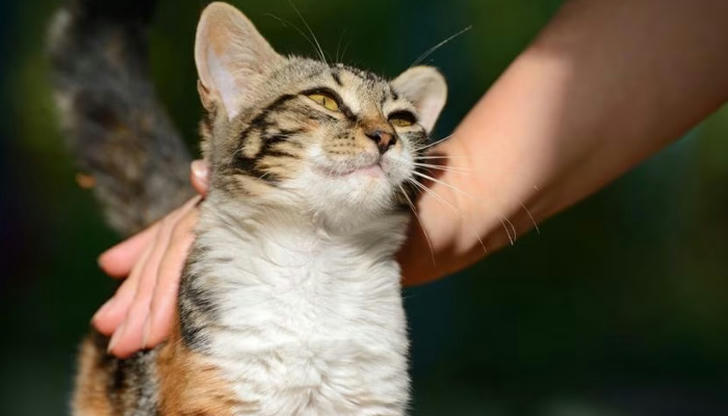
Final Thoughts: A Stimulated Cat Is a Happy Cat
Cats don't just want affection --- they want purpose. They want the thrill of the chase, the satisfaction of problem-solving, and the comfort of a dynamic environment.
By learning to recognize the subtle signals of boredom and enriching your home with play, puzzles, and vertical space, you're not just avoiding bad behavior --- you're giving your cat the mentally fulfilling life they deserve.
